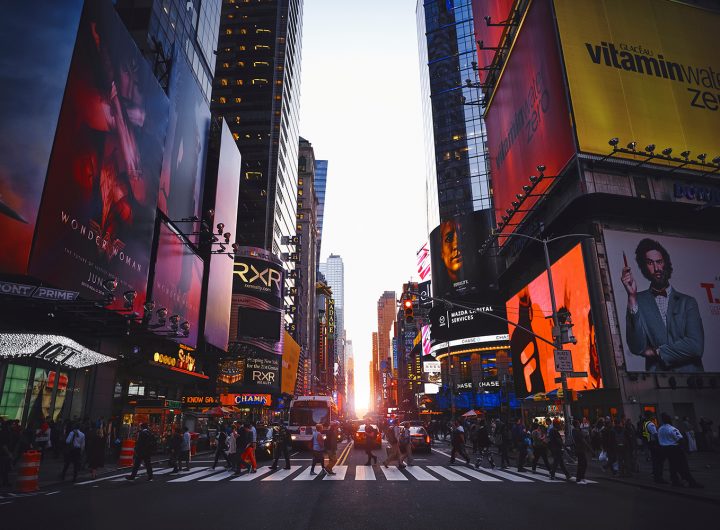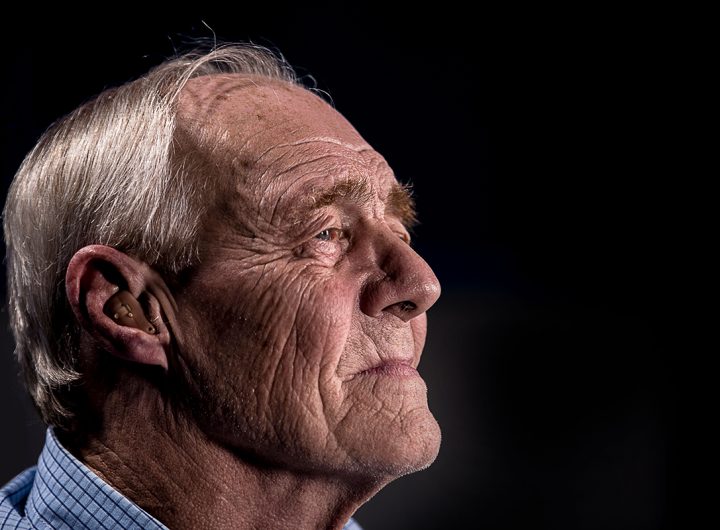- This topic is empty.
-
AuthorPosts
-
03/07/2025 at 10:39 #7362
Indoor photography presents unique challenges and opportunities that can significantly impact the quality of your images. Whether you’re capturing the ambiance of a cozy living room, the intricate details of a product, or the energy of a bustling event, the lens you choose plays a crucial role in achieving the desired results. In this post, we will explore the various types of lenses suitable for indoor photography, their specific advantages, and how to select the best one for your needs.
Understanding the Importance of Lens Choice
The lens is often considered the heart of a camera system. It determines not only the field of view but also the depth of field, sharpness, and overall aesthetic of your images. When shooting indoors, factors such as lighting conditions, space constraints, and the subject matter must be taken into account. Here are some key considerations:
1. Aperture Size: A lens with a larger maximum aperture (e.g., f/1.4, f/1.8) allows more light to enter, which is particularly beneficial in low-light environments. This capability enables you to shoot at faster shutter speeds, reducing the risk of motion blur and allowing for better handheld shooting.
2. Focal Length: The focal length of a lens affects the perspective and composition of your shots. Wide-angle lenses (e.g., 16-35mm) are excellent for capturing expansive scenes or tight spaces, while standard lenses (e.g., 24-70mm) offer versatility for various subjects. Telephoto lenses (e.g., 70-200mm) can be useful for isolating subjects from a distance, especially in crowded indoor settings.
Recommended Lenses for Indoor Photography
1. Wide-Angle Lenses
Wide-angle lenses are indispensable for indoor photography, especially in confined spaces. They allow you to capture more of the scene without needing to step back. A lens like the Canon EF 16-35mm f/2.8L III or the Nikon AF-S 14-24mm f/2.8G is ideal for architectural shots or group photos. The wider field of view can create a sense of depth and dimension, making your images more engaging.
2. Standard Zoom Lenses
A standard zoom lens, such as a 24-70mm f/2.8, is a versatile choice for indoor photography. It provides a good balance between wide-angle and telephoto capabilities, making it suitable for various subjects, from portraits to product photography. The constant f/2.8 aperture allows for consistent exposure settings, which is particularly useful when moving between different lighting conditions within the same space.
3. Prime Lenses
For those looking to achieve exceptional image quality and beautiful bokeh, prime lenses are a fantastic option. Lenses like the 50mm f/1.8 or 85mm f/1.8 are popular choices for indoor portraits. Their larger apertures allow for stunning background blur, helping to isolate subjects and create a more professional look. Additionally, prime lenses often have superior optical quality compared to zoom lenses, making them ideal for critical applications.
4. Macro Lenses
If your indoor photography involves capturing intricate details, such as food, jewelry, or other small objects, a macro lens is essential. Lenses like the Canon EF 100mm f/2.8L Macro IS or the Nikon AF-S 105mm f/2.8G VR Micro offer the ability to focus closely while maintaining sharpness and detail. The versatility of macro lenses also allows for creative compositions, making them a valuable addition to your kit.
Tips for Maximizing Indoor Photography with Your Lens
– Use a Tripod: To combat low light conditions, a sturdy tripod can help stabilize your camera, allowing for longer exposures without introducing blur.
– Experiment with Angles: Don’t hesitate to change your shooting angle. Wide-angle lenses can create dramatic perspectives, while shooting from a lower or higher vantage point can add interest to your compositions.
– Pay Attention to Lighting: Indoor lighting can vary greatly. Utilize natural light from windows when possible, and consider using external flash or continuous lighting to enhance your setup.
– Post-Processing: Don’t underestimate the power of post-processing. Adjusting exposure, contrast, and color balance can significantly enhance your indoor images, bringing them closer to your vision.
Conclusion
Choosing the right lens for indoor photography is a fundamental step toward capturing stunning images. By understanding the strengths and weaknesses of various lenses, you can make informed decisions that align with your specific shooting scenarios. Whether you opt for a wide-angle lens to capture expansive scenes or a prime lens for exquisite detail, the right choice will elevate your indoor photography to new heights. Embrace the creative possibilities that come with mastering your lens selection, and watch your indoor photography flourish.
-
AuthorPosts
- You must be logged in to reply to this topic.

 Google hit with record EU fine over Shopping service
Google hit with record EU fine over Shopping service  Business booming for giant cargo planes
Business booming for giant cargo planes  Trump-Putin: The understandable story
Trump-Putin: The understandable story